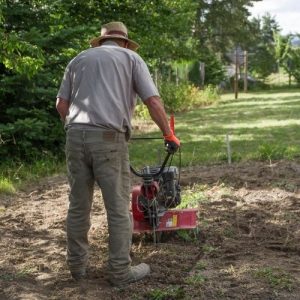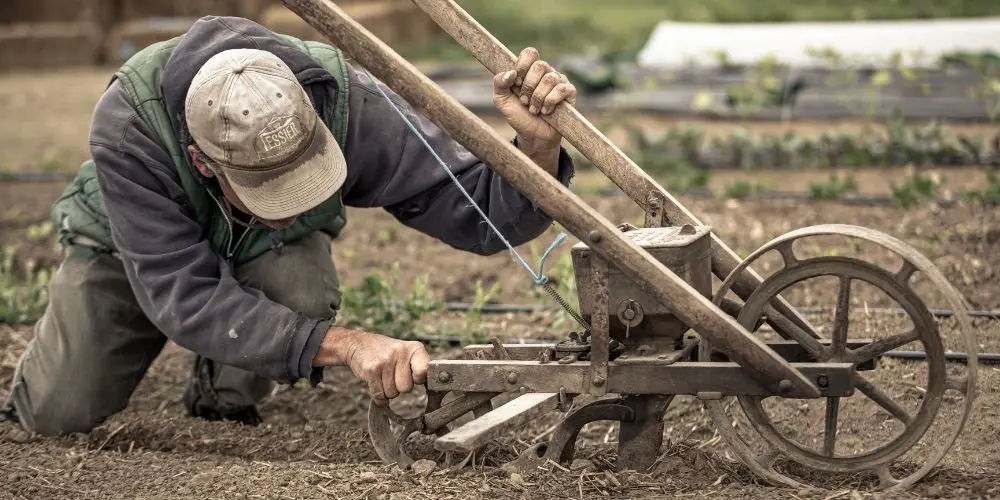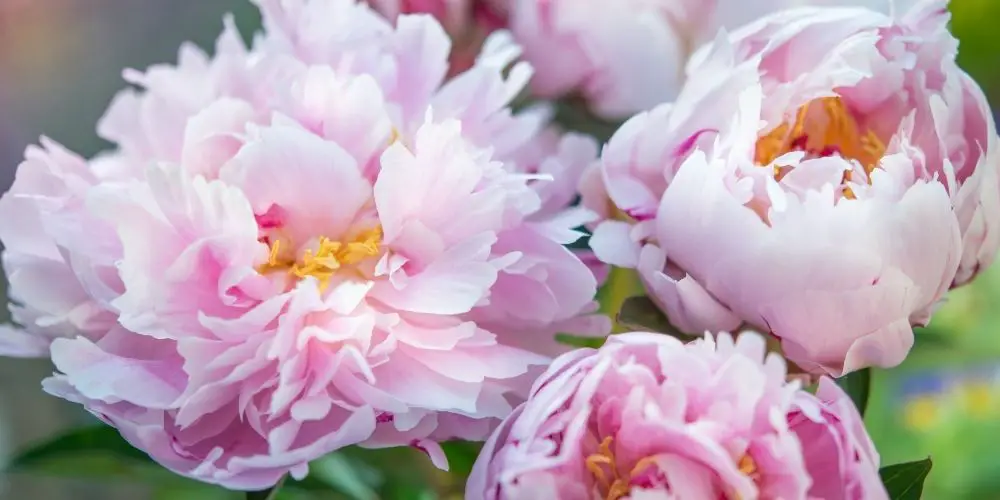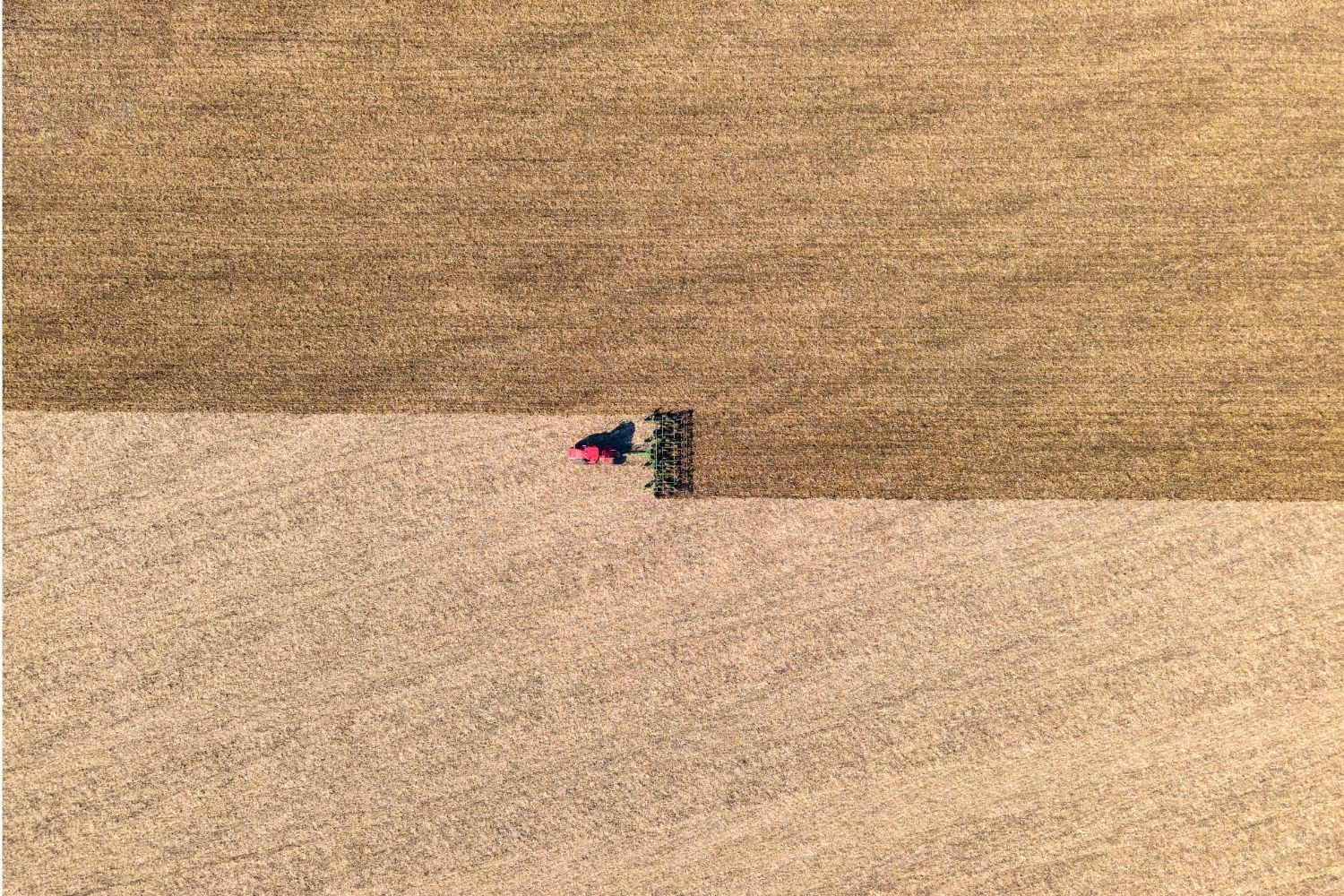Many people ask if a garden should be plowed or tilled. While this decision is often made with personal preference in mind, there are some scientific ways to determine which one might work best for what you want to grow.
Plowing vs. Tillage: What’s the Difference?
Before we get into how each can affect your garden, let us first look at the difference between tillage and plowing.
Tillage is defined as any movement of soil from one location to another. It can involve several different tools that move through a plot of soil in various motions and depths.
On the other hand, plowing involves using a plow (a powerful metal tool) to cut into the ground to a certain depth.
Different Types of Tillage
There are several different types of tillage that you can use in your garden, and these can be broken down by “type” and “condition.” For instance, there is primary tillage, secondary tillage, harrowing, cultivating, etc. Within each type of tillage, there are many variations as well.
How Tillage Works

Soil needs to be loose to allow proper root growth and ample aeration. If the soil becomes too compact, the roots will have difficulty getting the oxygen they need from the ground. When a plow or other tillage tool is used on a garden, it breaks up the hard clumps of dirt, allowing it to become loose and more manageable for plants to grow correctly.
Plowing vs. Tilling: Which is Better? Now that you know how each one works, how do you determine which one would work best for your garden? Let’s take a look at some of the pros and cons of both methods.
Plowing Pros All types of soil can benefit from plowing. This includes clay, sand, and dirt. No special conditions need to be met for a garden to benefit from a planned or fallow plowing. Tilling Pros Only certain types of soil can benefit from tilling. The ground must be relatively free of large rocks and debris for you to successfully till it with modern equipment. This includes dirt, sand, silt, loam, and some types of clay. In addition, the moisture content of the soil must at least be average.
If your garden is too wet or too dry when you come to till it, much harm can come to your plants as well as the soil itself. When Is It Better To Till? If you have a loamy type of garden soil (a mix of sand, silt and clay ), it will be beneficial to till your soil at least once a year in the fall. This is especially important after growing heavy crops such as corn or potatoes that pull nutrients from the soil and leave it depleted once they are harvested. If you live in an area with high rainfall throughout the year, then tilling may be necessary more frequently than if you only get rain every so often.
Plowing Cons Tilling is generally better for established plantings because when you plow, you need to wait until the ground has had time to settle before planting on it again. During this time, there’s a chance that some of your plants could die from lack of moisture or sunlight. When you plow, you also release carbon into the air through oxidation. While some areas could benefit from this, it can cause problems in other regions with high concentrations of CO2.
- Why are perennials better than annuals?
- 4 Things you can do for your Garden in the Fall
- How late in the year can I plant my vegetable garden?
Tilling Cons When tilling your soil, you require more energy to turn over large patches of the earth than you would if you were using a single-tined plow. If your soil is too compacted, tilling may not be enough to break up the concrete-like chunks that form. This means that seedlings will struggle to grow, and root systems may suffer as well. For these reasons, tilling should only be performed by those experienced with working with garden soil because incorrect tillage can destroy your garden rather than improve it.
How To Till Your Garden
Now that you know more about the differences between tilling vs. plowing, it’s time to learn how to do each of these correctly.
Tilling your soil with a hoe can be very helpful if you only need to break up small clumps of dirt. If the ground is too compact for this, it will need to be done with some tractor implement (such as a rototiller). Plowing usually involves using either a moldboard or disc plow. A moldboard plow lifts and turns over the earth as it makes its pass, while a disk plow only turns soil to one side. For either plowing to work well, there must be space between the rows from the previous harvest. This means that plowing must be done after any dead plant material has been removed, and it’s best to do this on a dry day as wet soil can stick to the blades of a moldboard or disk, rendering them useless.
How To Plow Your Soil
- First, remove any debris from your gardens, such as rocks and other obstacles.
- Till the ground using a single-tined plow if it is hard and compacted. Alternatively, with just a hoe, you only have small clumps of dirt that need breaking up. Wait one day for the soil to settle before planting seeds or seedlings into it again.
- After waiting one sweltering summer afternoon, plow your garden using a mold-board plow or disk. Plowing should be done after the season’s final harvest to allow room for row cover crops, winter grain, or any other type of seeding you plan on doing at this time.















